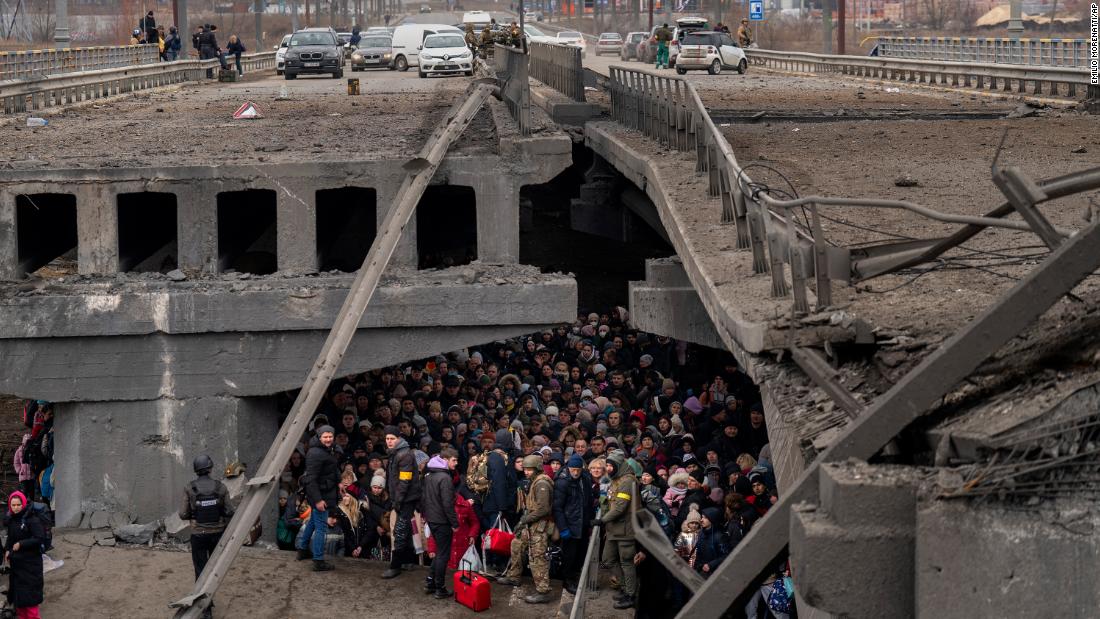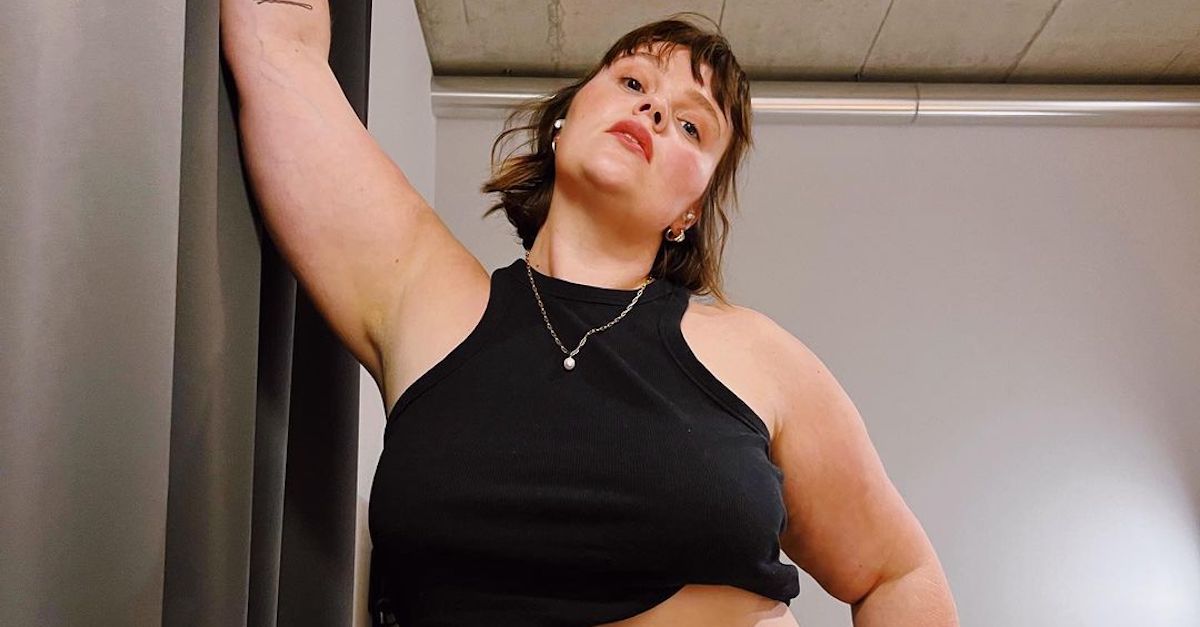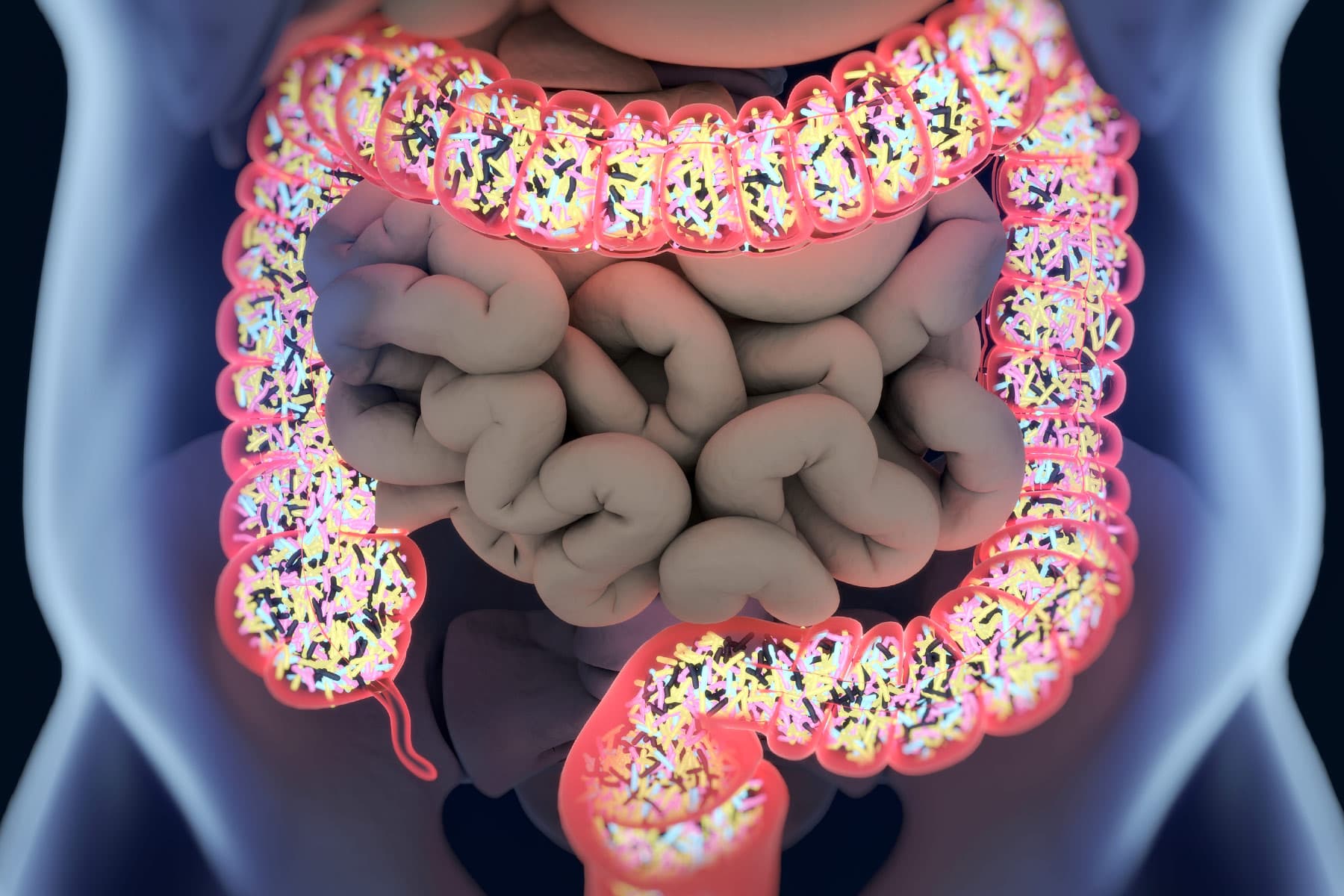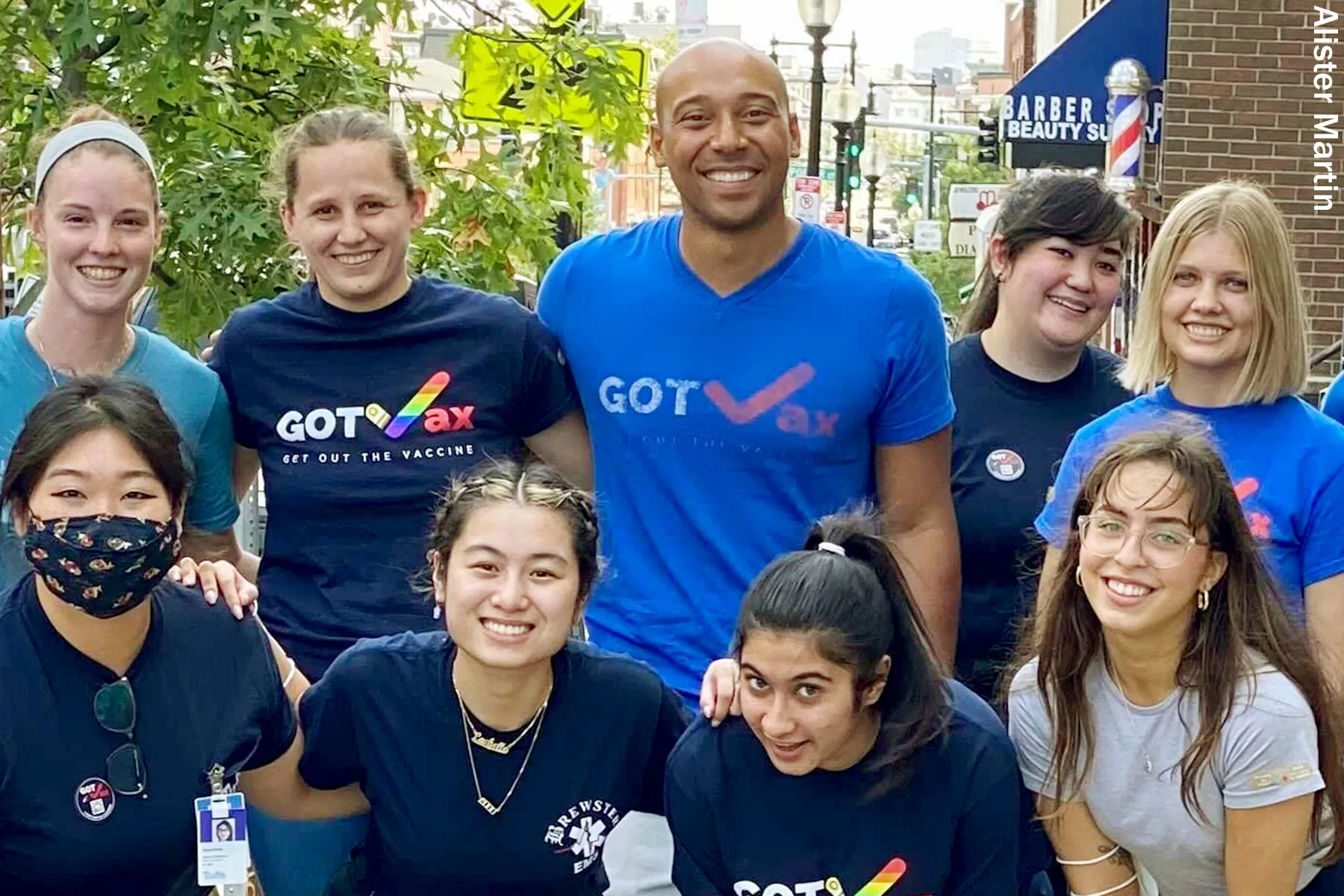Prison Reforms Since COVID Called Uneven, ‘Disheartening’
Data on prisons, jails. probation, and parole populations since the pandemic show that change is possible under pressure, reports the Prison Policy Initiative. But can it be sustained?

Newly released data from the Bureau of Justice Statistics (BJS) analyzed by Prison Policy Initiative (PPI) researchers show how prison, jail, probation, and parole populations changed in 2020 as a result of the pandemic.
The three main reports analyzed show that significant change is possible under pressure — but most of the change has been inadequate, uneven, and unsustained, according to a PPI briefing paper published Tuesday.
The researchers are quick to note that even though the data from the BJS is from 2020 and not 2021, it still reveals intricate details and important statistics regarding the criminal justice system and its “indifferent response” to the global COVID-19 pandemic.
The PPI researchers detail early in the report that much of the data discussed in the newly released BJS reports are not “news” to many readers who have kept abreast of the issue. There have been alternative and creative ways to track what’s been going on with corrections populations during these past few years.
“As we approach the third year of the pandemic, it’s frustrating to only now get the official government data from year one — at this point, it’s more useful as documentation of past decisions than as an indicator of current conditions,” writes Wendy Sawyer, lead writer of the PPI policy brief.
To that end, there are many key findings from the BJS reports on Prisoners in 2020, Jail Inmates in 2020, and Probation and Parole 2020.
2020: Missing the Mark
Across the U.S. and the federal government actually released fewer people from prison in 2020 than in 2019 — despite the widespread threat of the coronavirus and the deadly conditions in carceral settings that were heavily reported.
“Far more people should have been released from prisons — not far fewer,” the PPI researchers detail in the report.
Moreover, the decrease in the 2020 incarcerated population was not related to releases, but rather the 40 percent drop in prison admissions and 16 percent drop in jail admissions.
Also in 2020, largely due to the pandemic, deaths in prisons increased 46 percent from 2019 to 2020, 32 percent among people on parole, and 6 percent among people on probation. To that end, the PPI notes that the BJS has yet to report 2020 jail deaths.
Despite the pressure of the pandemic, local jails held a larger share of unconvicted people than ever, and continued to hold far too many people for low-level offenses and technical violations.
Moreover, state and federal policy responses to the threat of COVID-19 to incarcerated people varied widely, with a few states appearing to basically ignore the pandemic altogether, well into the year 2020.
By the summer of 2020, almost 1 in 4 (23 percent) people in jail were still held for misdemeanors, civil infractions, or unknown offenses — that is, not felonies, the PPI researchers detail.
Youths in Adult Prisons Declined
Fortunately, the Prison Policy Initiative researchers say, they uncovered a bit of good news, noting that the number of youth held in adult prisons dropped by almost half (46 percent) in 2020.
To add to that celebratory notion, from 2020, three more states are added to the list as no longer holding any person under the age of 18 in adult prisons — bringing the total number of states to 21.
Other positive trends include the fact that in 2020, women’s prison and jail populations, and incarceration rates, dropped by a larger percentage than men’s populations did while Indigenous people experienced the greatest drop, proportionally, in jail populations by nearly 35 percent.
Probation violations fell, and the drop contributed to most of the 11 percent reduction in overall correctional control, the PPI detail.
To that end, the researchers note that the “positive trends” from 2020 are “nothing to get excited about,” especially as we enter into the third year of the pandemic, and note that many of the documented trends have reversed, like the growing prison population and number of people out on parole.
Overall, the PPI researchers note that the fact that so many policy changes were only short-lived is “disheartening” and note that not only the narrative of reform has changed, but the perception has too.
“The perception (not a reality) that criminal justice reforms have led to upticks in crime over the past few years has fueled pushback against smart policy changes,” the researchers wrote.
“That perception is powerful, and history shows that reactionary policies can follow: In the 1980s and 1990s, the last time prison and jail populations were as low as they were in 2020, the knee-jerk reaction to (much bigger) increases in crime was to lock more people up, and for longer.”
There’s a lesson in that for us now in our current reality, PPI concludes.
“Ultimately, centering the facts in our ongoing discussions about safety and justice — and grounding them with context — will be key to sustaining support for any progress toward ending mass incarceration.”
The full Prison Policy Initiative policy paper can be accessed here.
Andrea Cipriano is Associate Editor of The Crime Report.

 Landwebs
Landwebs 























